The story of Saab, the iconic Swedish car manufacturer, is one of innovation, ambition, and dramatic twists and turns. It’s a tale that has all the ingredients for a compelling TV drama, much like the critically acclaimed Danish series “Carmen Curlers.”
With its rich history and colorful characters, Saab’s journey from a post-war aircraft company to a renowned car brand deserves to be brought to the screen. Here’s why this story should be told and how it could captivate audiences worldwide.
Table of Contents
- 1 The Birth of Saab: Engineering Ingenuity Post-War
- 2 Saab’s Golden Era: Innovation and International Success
- 3 The Resilience and Revival Attempts: NEVS and the Electric Dream
- 4 Saab’s Cultural Impact: From Hollywood to the Heart of Sweden
- 5 The Potential TV Drama: A Vision for the Screen
- 6 Why Saab’s Story Must Be Told
The Birth of Saab: Engineering Ingenuity Post-War
Saab’s origins trace back to the end of World War II when a group of aircraft engineers in Trollhättan found themselves with a surplus of skills and a desire to innovate. Transitioning from aircraft to automobiles, these engineers embarked on a journey to create a car that would stand out in both design and performance. This section could delve into the initial challenges and breakthroughs, highlighting the creation of the first Saab car, the Saab 92, and its unique design elements inspired by aviation.
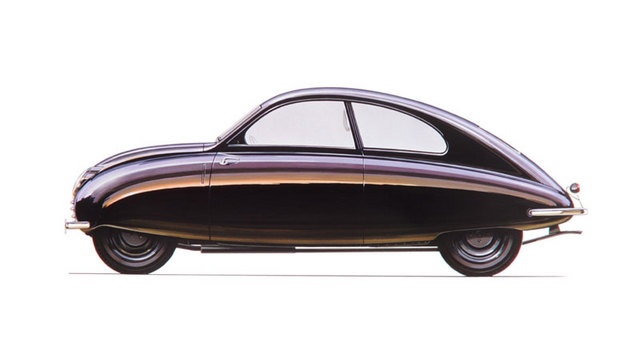
Saab’s Golden Era: Innovation and International Success
The 1960s and 1970s marked the golden era for Saab. This period saw the introduction of groundbreaking models like the Saab 99, which featured pioneering safety features and turbocharged engines. Saab’s commitment to innovation and quality earned it a dedicated following and international acclaim.
This section would explore key moments such as the success in rally racing, which cemented Saab’s reputation for building durable and high-performance vehicles. It would also touch on the charismatic figures who drove Saab’s vision forward, such as Erik “Carlsson på taket” Carlsson, a legendary rally driver whose exploits became synonymous with the brand.
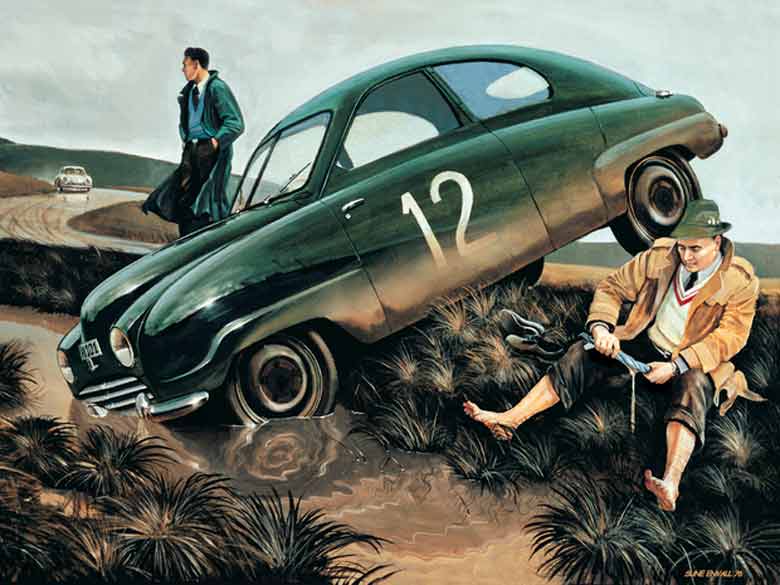
The Fall: Financial Struggles and Corporate Takeovers
Despite its successes, Saab faced significant financial challenges in the 1980s and 1990s. This era was marked by corporate turbulence, including the controversial acquisition by General Motors (GM). The chapter could cover how GM’s influence and decisions impacted Saab’s identity and operations, leading to a gradual decline in the company’s fortunes. It would also explore the emotional and cultural impact of these changes on Saab’s loyal workforce and customer base.

The Resilience and Revival Attempts: NEVS and the Electric Dream
The story doesn’t end with Saab’s bankruptcy in 2011. The company’s assets were acquired by National Electric Vehicle Sweden (NEVS), which aimed to revive the Saab brand with electric vehicles. This section would explore the ambitious yet challenging efforts to bring the Saab name back to the forefront of the automotive industry. It would highlight the development of the electric prototype Emily GT and the involvement of EV Electra and its CEO Jihad Mohammad. This chapter would underscore the ongoing hopes and hurdles faced in resurrecting a beloved brand in a rapidly evolving industry.
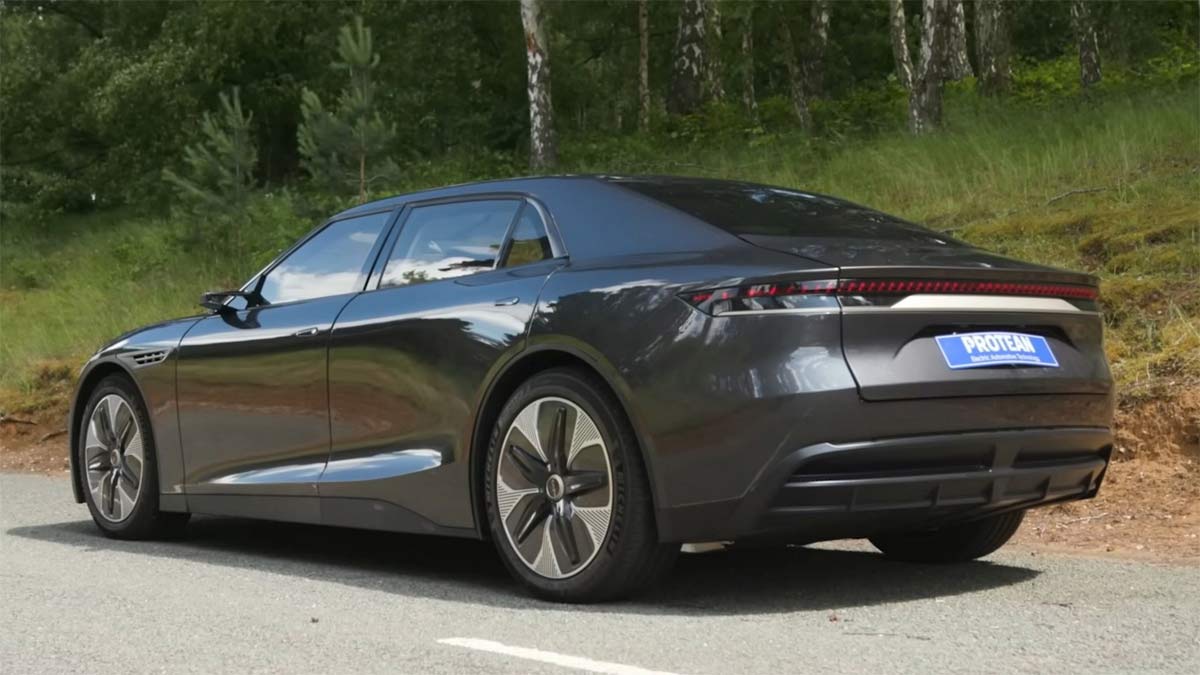
Saab’s Cultural Impact: From Hollywood to the Heart of Sweden
Saab’s influence extends beyond the automotive world into popular culture. This section could feature Saab’s appearances in numerous Hollywood films, where the cars often symbolize European sophistication and engineering excellence. Additionally, it would reflect on Saab’s deep roots in Swedish society, exploring how the brand became a symbol of national pride and innovation. The narrative could include anecdotes and perspectives from enthusiasts and former employees, adding a personal touch to the brand’s legacy.
The Potential TV Drama: A Vision for the Screen
reating a TV drama that faithfully captures Saab’s story would require a highly skilled producer, director, and scriptwriter to bring the multifaceted narrative to life. Envisioning the casting of Rolf Lassgård as Erik Carlsson, known affectionately as “Carlsson på taket,” could bring authenticity and depth to the project. Other key roles would need similarly thoughtful casting to ensure the characters resonate with the audience.

The dramatic structure should interweave historical events with personal stories, capturing the triumphs and struggles of Saab’s journey. Funding avenues could include support from Film i Väst and other cultural institutions dedicated to promoting regional stories with international appeal. As noted by Göran Björklund in his piece for TTELA, there are no inherent obstacles preventing this production from being realized, and it could shine a spotlight on a pivotal chapter in Swedish industrial history【TTELA】.
Moreover, the book and film “A Man Called Ove” has already helped to revive the spirit of Saab and its cars, highlighting their cultural significance. The protagonist’s deep connection with his Saab vehicle underscored the brand’s importance and emotional value to its owners, illustrating how Saab cars are more than just machines—they are cherished parts of their owners’ lives. This cultural backdrop would enrich the drama, adding layers of meaning and nostalgia for viewers who share this connection.
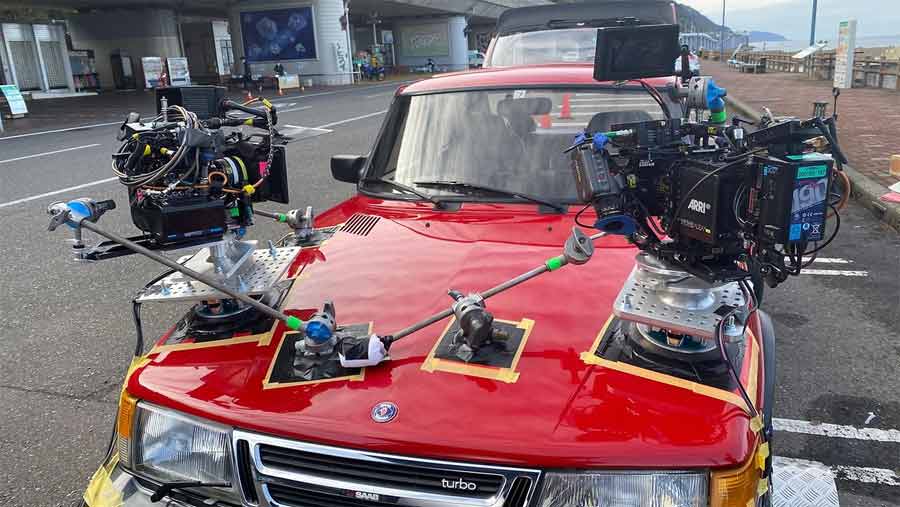
Why Saab’s Story Must Be Told
In conclusion, the saga of Saab is more than just a tale of a car company; it’s a story of human ingenuity, resilience, and the pursuit of excellence. It’s a narrative that deserves to be shared with a global audience, inspiring new generations while preserving an important chapter of Swedish industrial history. A TV drama on Saab would not only entertain but also educate viewers about the triumphs and tribulations of one of the most unique car brands in automotive history.
By embracing this project, Film i Väst and other stakeholders have the opportunity to create a landmark series that honors Saab’s legacy and celebrates the spirit of innovation that defines Sweden. Let’s hope that Göran Björklund’s vision becomes a reality, and that the Saab story gets the dramatic treatment it truly deserves.






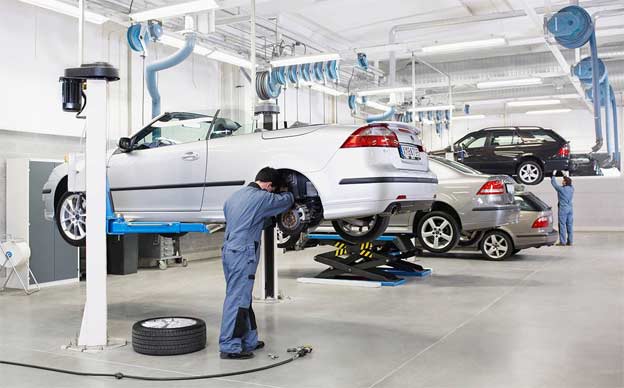





Simple. GM wanted the tech. Bought the company. Stripped off the tech then trashed the rest.
as much of a Saab fan I am, GM spent billions and did so for over a decade. They never understood the brand and changes to increase sales reduced sales of their who wouldn’t want the changes. Cost cutting ruined the quality
Tatsächlich true!
It’s true in 70-80 it was big fighting Saab – Volvo!!
And in small house areas people was very jellous on each other!!
Sad that in the American version Saab has been replaced by another brand. The same happend in the TV series of ‘Tales from the loop’.
I am not sure what was gained by GM to purchase Saab. Who to blame for the abandonment of the brand? GM or those who sold SAAB to GM? Probably shared responsibility. IMO anything past the 900 wasn’t really Saab anyway.
Great article and story.
Now, Saab is well alive. The latest unrest in the world has made Saab a well performing military defense and tech manufacturer and supplier.
Saab Cars was always a problematic cousin to the defense supplier and the fact that people would mix the two entities up made the future for saab cars problematic. One was doing very well, the other struggled, staining the reputation of the former.
While GM spend money they also had no clue what the saab car essence was, what made the brand unique. GM management acted as if completely clueless, looking for cheap solutions, while bean counting.
Saab cars might have had a chance under Koenigsegg, but the sale to Spyker was doomed from the get go. GMs frantic hold on IP made a viable sale to the Chinese impossible.
So – Saab (cars) is dead, long live Saab !
https://www.saab.com/about
Top Gear did an excellent show about Saab
Genuinely should have never gone out of business, cars were just too cool, but of course GM